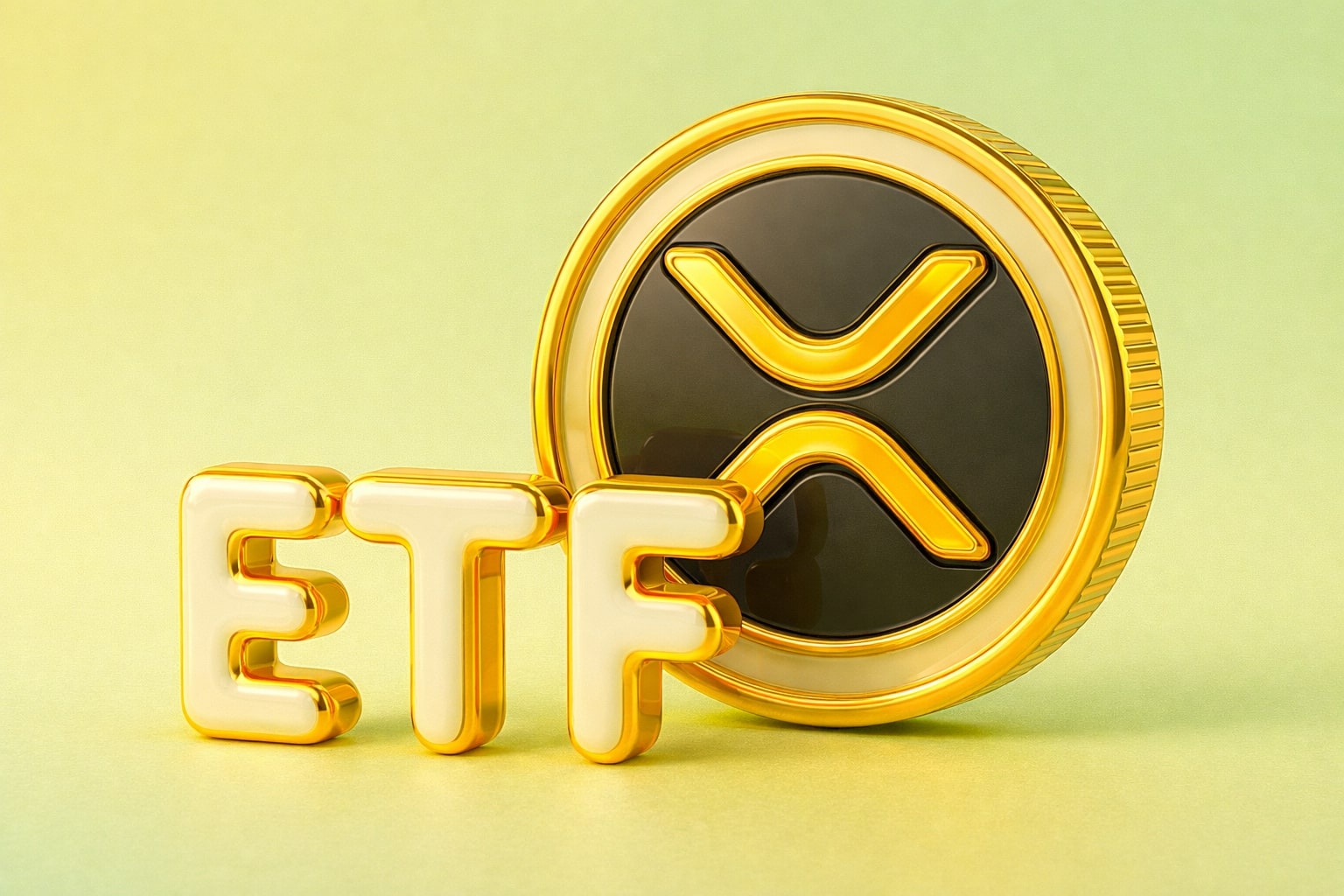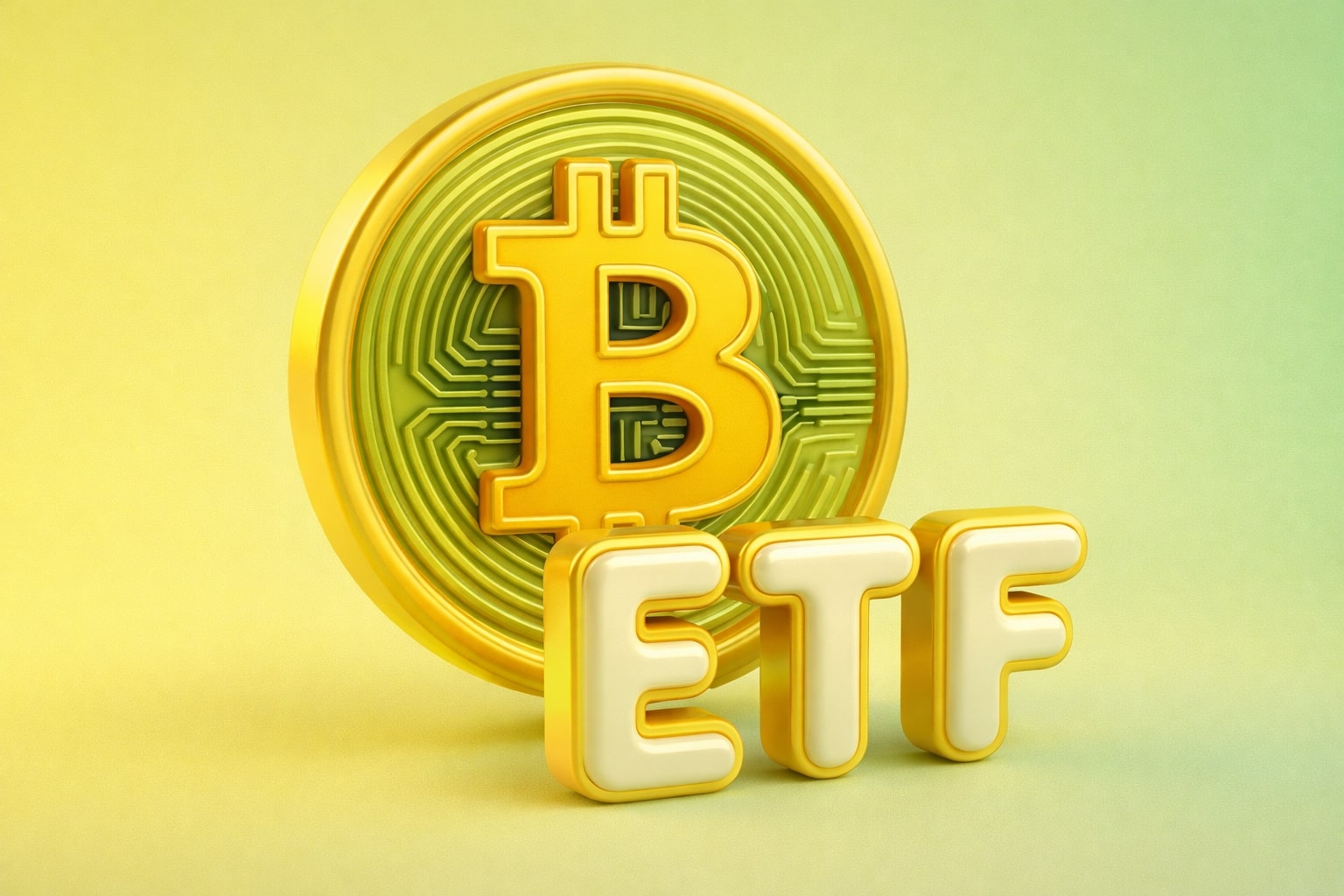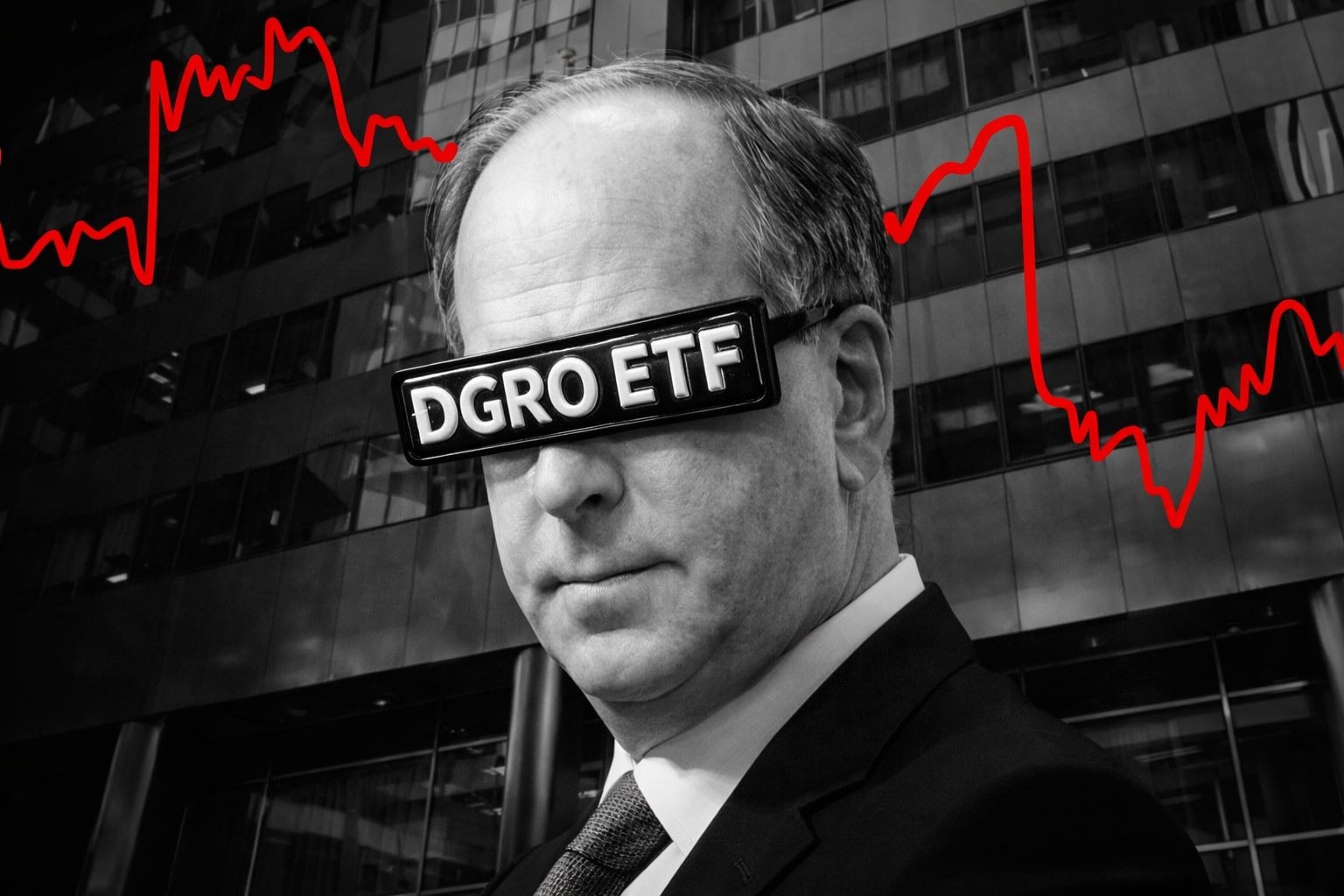
Ethereum at $2,670—Will ETH Smash $2,850 or Slide to $2,100?
Will Ethereum break above $2,850 resistance or fall below $2,500 support? | That's TradingNEWS
Ethereum Faces Critical Supply Wall at $2,700 as Momentum Wavers
Ethereum (ETH-USD) continues to hover below the $2,700 mark, battling heavy resistance from a $4.4 billion supply zone. Roughly 1.67 million ETH was acquired between $2,635 and $2,712—creating a price ceiling now acting as a profit-taking trap. This zone, stacked with investor-held tokens, is significantly weakening ETH's breakout chances. Despite Bitcoin printing new highs, Ethereum’s failure to breach this wall reflects increasing divergence in bullish conviction between the two assets.
The standoff between buyers and sellers is intensifying. Transfer volume data from Glassnode shows a clear spike in ETH moving to exchanges—signaling a broader wave of selling. That bearish activity was absent earlier this month but now reflects investor impatience. A third consecutive rejection at the $2,663 level confirms that resistance is not just technical—it’s psychological. Bulls face strong hands eager to exit, and unless momentum changes fast, ETH risks slipping back below $2,600.
$2,496 Becomes Ethereum’s Last Reliable Defense
The $2,496 level is now acting as Ethereum’s final defensive line before the technical structure collapses toward deeper support zones. Buyers have managed to hold the price above it during each pullback, but barely. This critical floor is where ETH consolidates and regroups for each new breakout attempt.
Failure to hold $2,496 could activate a bearish cascade toward $2,250 and even $2,100. This matches the lower end of the symmetrical triangle Ethereum has been trading within. If that level breaks, the broader uptrend that began in Q4 2023 would officially reverse. A successful retest and rebound from $2,496, however, would give bulls another shot at clearing the resistance zone above $2,663.
Gaussian Channel Breakout May Ignite Altseason—If ETH Can Hold
Zooming out to the 2-week chart, Ethereum has reclaimed the Gaussian Channel mid-line (~$2,600)—a historically critical level. Previous breaks above this level in 2020 and late 2023 triggered massive rallies: from $400 to $4,800 in the first case, and from $1,500 to nearly $4,000 in the second. In both cycles, ETH touched or broke the upper band of the channel once the mid-line was crossed.
As of May 2025, that upper band sits near $3,200. A confirmed close above this zone would signal long-term momentum is rebuilding, possibly pushing ETH toward the $4,100 cycle high by July. Analysts tracking fractals see this as a potential altseason trigger—especially if Bitcoin dominance falls sharply again within 100 days post-halving, as it did in both 2017 and 2021.
Altcoin Market Cap Could Surge to $15 Trillion—But Ethereum Must Lead
Market strategist Wimar X suggests a repeat of the post-halving trend could unlock a $15 trillion valuation for the altcoin sector. Previous Ethereum breakouts led to altcoin market rallies of 1,400% and 200% respectively, depending on cycle timing. But the condition is clear: ETH must sustain momentum, or the entire market risks stalling.
The macro backdrop supports the possibility. Bitcoin has already made its move. Altcoins are waiting. Ethereum, as the sector’s second-largest asset, must lead or fail the breakout narrative. A rally above $2,850 would be the clearest signal that ETH is ready to drive this cycle.
Sharplink’s $425M Ethereum Treasury Strategy Could Be a Game-Changer
Sharplink Gaming announced a massive $425 million ETH treasury strategy led by Consensys. The firm, now joined by Pantera Capital, Galaxy Digital, and Ondo, plans to purchase Ethereum once its private placement closes. This corporate treasury move is the largest ETH-focused capital raise in 2025, echoing MicroStrategy’s impact on Bitcoin in 2020–2021.
If the full amount is deployed, it could inject a buying wall into the market. Ethereum is currently trading at $2,670. Should the placement close Thursday and liquidity enter markets, ETH may rapidly test $2,750–$2,850. Breaking that resistance range would flip key sentiment metrics and reinstate confidence among investors who are currently hesitant to add exposure.
Sharplink’s move follows similar corporate treasury strategies by BioNexus Gene Lab and BTCS. With Ethereum’s status as a programmable reserve asset rising, these institutional allocations could shift ETH’s demand curve sharply—particularly if followed by additional filings or ETF structures.
Ethereum’s Derivatives Market Shows Diverging Views: Retail vs Institutions
The derivatives market paints a split screen. Open interest in Ethereum futures has climbed 8.8% to $35 billion, but volatility remains abnormally low. That suggests traders are positioning without fully pricing in large swings. Data from Amberdata shows only a 12% chance of ETH breaking $5,000 by December 2025, despite ongoing accumulation.
Retail traders are betting on a $3,000 price by month’s end, while institutions are targeting $3,500 by June. These expectations are conservative, but open interest returning to December highs implies demand for exposure is growing again—even if hedged. ETH’s OI-weighted funding rate also remains positive, confirming long interest is in play.
This divergence highlights Ethereum’s unique position: retail is hopeful but cautious; institutions are strategic and staggered. A breakout event (such as Sharplink’s buy or a triangle breakout) could be the catalyst that forces alignment between the two.
ETH Market Cap Risk Zones Could Trigger Sell-Off on Weakness
Ethereum’s cost basis structure is fragile. On-chain data shows around $123 billion in ETH supply was acquired between $2,300 and $2,500. If prices dip even slightly below this band, tens of billions in holdings could slip into unrealized losses, flipping sentiment from cautious to fearful.
That means the $2,500 level is more than just support—it’s a psychological threshold. Breaking below it would likely accelerate panic selling, flooding exchanges with supply and derailing momentum. This highlights why Ethereum must stay above this zone—not just to preserve trend structure, but to protect holder sentiment.
This cost-risk layer explains why buyers have been so active defending $2,496. It’s not just about trendlines. It’s about protecting the profit/loss equilibrium that keeps long-term holders in the game.
Technical Indicators Flash Mixed Signals as ETH Fights Resistance
From a pure technical standpoint, ETH remains in a symmetrical triangle on the weekly chart, struggling to breach the $2,750–$2,850 resistance range. RSI and MACD are both positive, indicating ongoing bullish momentum. However, the Stochastic Oscillator has just entered the overbought zone, suggesting that short-term pullbacks are becoming more likely.
Failure to flip $2,850 could trap bulls and spark another selloff. But a confirmed break, particularly with high volume, could drive ETH toward $3,250, and eventually toward $4,100—the prior cycle high. This bullish scenario hinges on volume, sentiment, and institutional flows catching up with the macro structure.
That's TradingNEWS
Read More
-
DGRO ETF Price: Is DGRO at $69.17 Still the Better Dividend-Growth Bet?
17.12.2025 · TradingNEWS ArchiveStocks
-
XRP Price Stuck Below $2 As XRPI at $10.74 and XRPR at $15.26 Ride $1B+ ETF Inflows
17.12.2025 · TradingNEWS ArchiveCrypto
-
Natural Gas Price Forecast - NG=F Steady Near $4 as TTF Jumps on Colder Forecasts and LNG Outage Risk
17.12.2025 · TradingNEWS ArchiveCommodities
-
USD/JPY Price Forecast: USDJPY=X 155.50 Pivot Before BoJ Hike and US CPI
17.12.2025 · TradingNEWS ArchiveForex

















